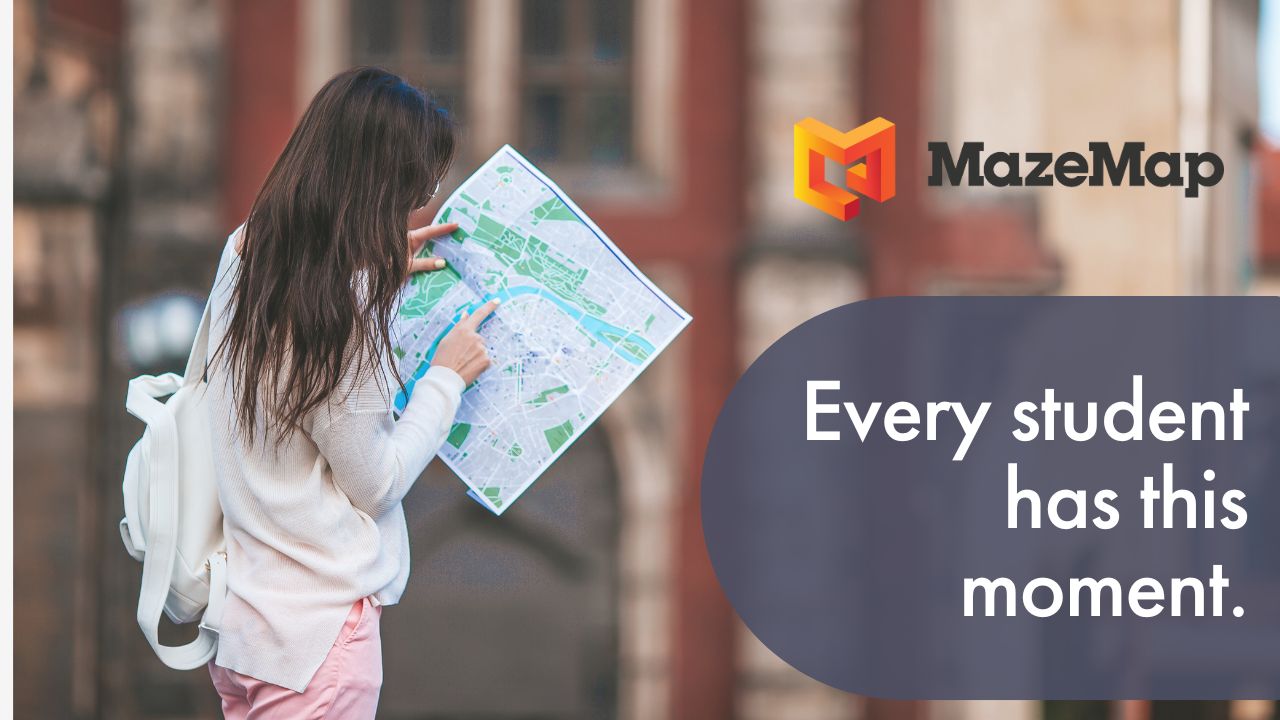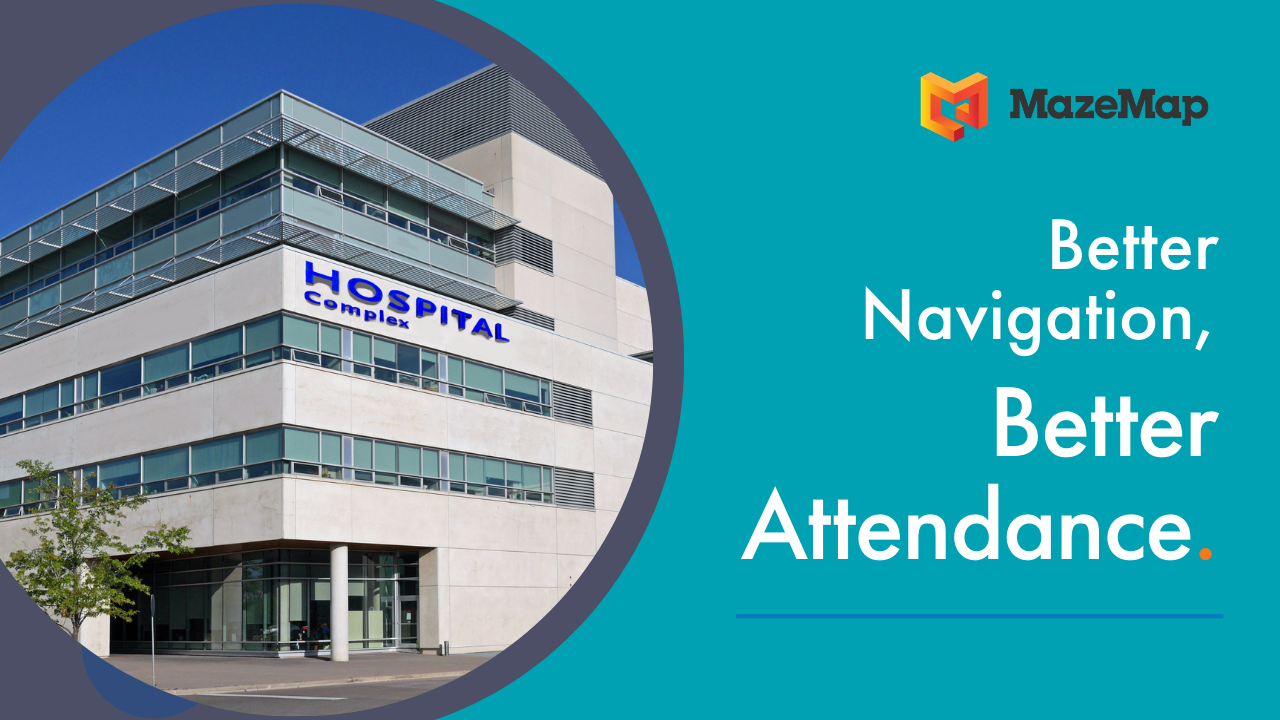The fast spread of the COVID-19 coronavirus has caused much of the world to go into shutdown. To prevent the virus from spreading to the more vulnerable members of society, we’ve been forced to rethink how we go about our daily lives. Once students and staff return to universities and colleges, strategies need to be implemented in relation to new gathering size restrictions.
MazeMap can help make these tasks easier. We take a look at how educational institutions can utilize indoor mapping and other solutions we provide to help them navigate this new way of life.
- A to B navigation [1]
- Directional routing [2]
- Meeting room visualization & booking [3]
- Occupancy data & heatmaps [4]
- Kiosks [5]
- Mark out Points of Interest (POIs) relating to health & safety [6]
- Contact tracing [7]
- Contactless helpdesks [8]
[1] Navigate straight to your chosen destination
MazeMap’s indoor mapping solution allows students and staff to see the different departments, study spaces, lecture halls, meeting rooms and points of interest so they know exactly where they need to go.
The MazeMap platform can integrate with your university/college email or timetabling system, enabling directions to be sent out easily in the form of an email, SMS, message or even a picture of the QR code.

This allows students and staff to navigate straight to their destination, encouraging less crowding in corridors and smaller spaces.
[2] Redirect crowds
With our path editor feature, you can redirect paths to send people via the safest possible routes. If you want your building users to avoid small, narrow corridors - where social distancing is difficult - you can choose to edit your paths and send them a route with wider or more open spaces.

[3] Check room availability before you get there
With our room booking system, students and staff can see meeting room availability visualized clearly. When integrated with our maps, staff and students are able to find the closest room to their current location. Information can also be added to show how many people the room can safely accommodate.

With this feature, it’s easier to manage occupancy and make sure everyone has a space to go in the building. Sensors can be added to these bookable spaces to show whether the room is actually in use. If the person who booked the room never showed up, you can set up the space to become available again after a designated amount of idle time.
[4] Use of kiosks to redirect traffic from Info desks
At large campuses, 75-80% of information requested at information desks are related to wayfinding.
Our kiosk solution doesn’t require human contact, reducing the number of people that students and visitors will come into contact with. MazeMap’s flexible Kiosk APIs allow for our maps to be used at multiple kiosks saving both time and frustration for students, staff and visitors. The kiosks can then be used to locate meeting rooms, staff offices, restaurants/cafes, reading spaces, parking spaces, toilets and other points of interest. Once the user has entered their chosen destination, they can scan a QR code which will allow them to take the directions with them on their phone or tablet.

[5] Add hand sanitizers or PPE storage areas to your maps
You can choose to mark the placements of hand sanitizing stations on your maps, so that your map users can save time looking for them. If you have personal protective equipment such as gloves or masks available, you can mark them on your maps too.

[6] Contact tracing
MazeMap has developed a contact tracing solution, which allows students to check into a location when they arrive for their class. This way, their movement around the building can be tracked, and a record can be kept of everyone they have been in contact with. If someone tests positive for COVID-19, then the university/college can reach out to fellow classmates to let them know they need to go into self-quarantine.


[7] Set-up a contactless help-desk
To minimise face-to-face contact, MazeMap allows you to download a QR code which can be printed out and added to your help desk. If students or visitors need directions they can scan the QR code using their smartphone. This will open up the campus map, where they can then search for rooms or points of interest.

If you’d like to discuss how MazeMap can help out your university or college, get in touch for a non-commital chat.
Connect with us on LinkedIn | Follow us on Twitter











